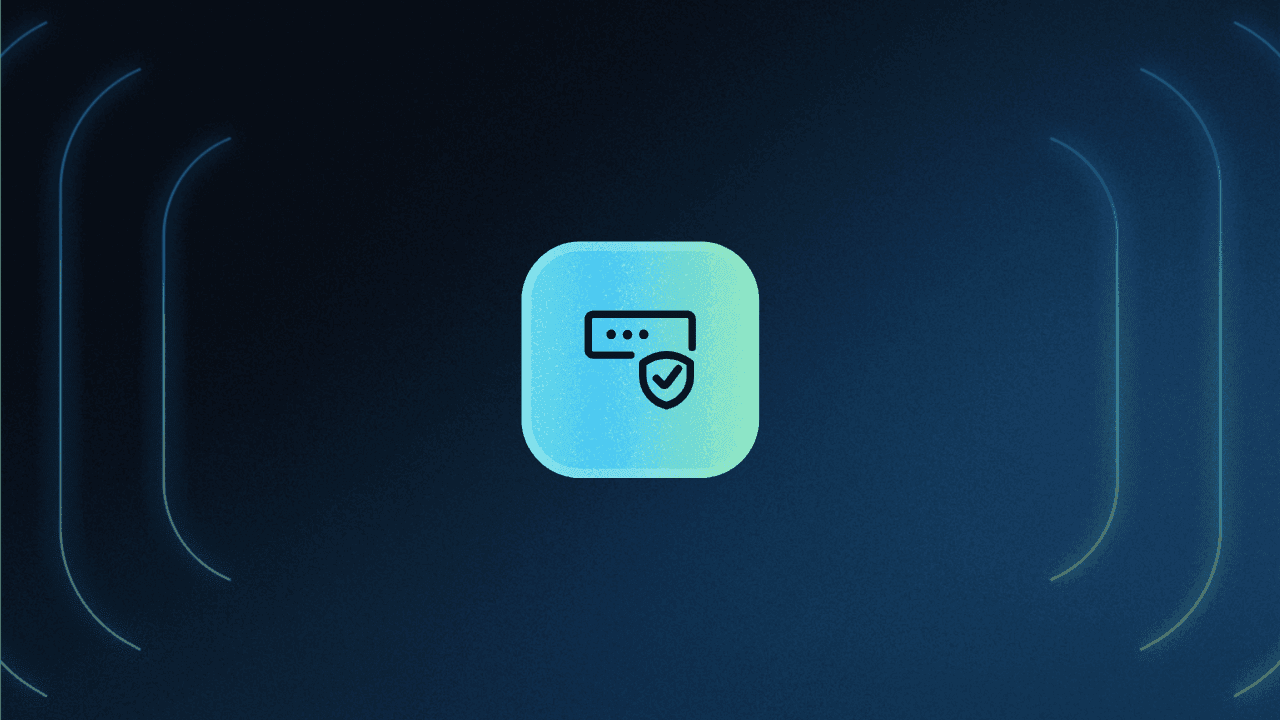Table of Contents
What is spear phishing?
Spear phishing has emerged as a particularly deceptive cyber threat. Unlike traditional phishing tactics that cast a wide net, spear phishing focuses on specific individuals or roles within an organization. These attacks exploit human weaknesses to gain unauthorized access to sensitive information.
By learning how spear phishing works and who it targets, organizations can better arm themselves against potentially catastrophic breaches. In this blog, we'll explore the mechanics of spear phishing and provide essential tips on how to recognize and defend against these targeted attacks.
What is spear phishing?
Spear phishing is a sophisticated form of social engineering in which attackers victimize human elements rather than (or in addition to) hardware and software vulnerabilities. These schemes are trained on specific targets such as executives, assistants, and financial departments in an attempt to gain illegitimate access to their accounts through malware-assisted theft, deception, credential soliciting, or other means. This allows cybercriminals to steal, change, delete, or otherwise compromise sensitive data for ransom, a competitive advantage, or other ends.
One of the most dangerous forms of spear phishing is commonly referred to as “whaling.” This is when cybercriminals focus on an extremely narrow range of high-value targets, sometimes limiting their spread to a single executive. This allows them to devote all their resources to customization and concealment. The payoff is, in theory, greater access to sensitive data from that one account (i.e., the CEO’s account) than could be achieved through many lower-level accounts.
Spear phishing vs. phishing
Spear phishing differs from conventional (or “bulk”) phishing in its degree of specificity. Cybercriminals cast a wide net in phishing attacks and prioritize quantity over quality in their fraudulent messages. The idea is to expose as many people as possible to a malicious link or attachment to maximize the chances that someone unwittingly opens systems up to attack.
Other forms of phishing (i.e., credential phishing, waterholing, etc.) become more spear-like the more targeted and narrow or more bulk-like, the more generalized and wide-reaching they are.
Many of the widely-known indicators of phishing (i.e., poor spelling or grammatical errors) are much more likely to appear in greater volume in low-effort bulk attacks. Because attackers are playing the numbers, they tend to be less careful about concealing their fraudulent messages.
In contrast, spear phishing is much more in line with what its name suggests: throwing precision attacks at specific targets, forgoing a larger attack surface for a greater chance at bigger success.
How spear phishing works
As with other forms of social engineering, spear phishing involves sending messages to targets and eliciting a specific action from them. When users open an email, download a file, or provide information in response, they unwittingly expose their organization to other cyberattacks.
There are four main steps to the process:
Objective setting – Cybercriminals determine desired outcomes for the campaign. Some common goals include installing malware, compromising data, and stealing credentials.
Target selection – Cybercriminals pick who their targets are and the platforms and methods through which they’ll be targeted (i.e., email, instant messages, SMS texts).
Targeted research – Cybercriminals conduct research on the best ways to secure trust from victims, like referencing information that only the spoofed sender would know.
Crafting the message – Cybercriminals draft and send their messages and await a response or indicator that the victim has taken the bait, following up if necessary.
Every attack is unique, but spear phishing fraudsters stick to this formula because it’s tried and true. According to IBM’s report, despite its low volume (0.1% of emails analyzed), it has a remarkably high success rate (~66% of successful breaches). If attackers can get their targets to open the messages or take other desired actions, there’s a good chance they’ll achieve their objectives.
Consequences of spear phishing
One of the most pressing immediate consequences of a successful spear phishing attack is broken authentication. Cybercriminals use spear phishing to target specific accounts with access to sensitive data, such as financial or other highly regulated records. Threatening to destroy, tamper with, or steal that information can lead to victim organizations and individuals facing financial and legal penalties and losing customer trust.
Phishing and stolen credentials are the most prevalent attack vectors leading to data breaches, per IBM’s Cost of a Data Breach Report. And breaches cost an average of $4.88M in 2024, a 10% increase over 2023.
Meanwhile, AI-assisted attacks are on the rise and are especially popular in spear phishing, and the results are costly. Face and voice deepfakes have seen extensive use in targeted attacks against high-profile targets. In a recent attack on a Hong Kong company, an unsuspecting employee transferred $26 million USD away because the threat actors used deepfakes to appear legitimate.
Given the prevalence of AI-led attacks and the greater ease of tailoring these schemes to specific targets, spear phishing puts companies at extreme financial risk. That’s why it’s imperative for everyone at an organization to understand the spear phishing definition, process, and elements to look for that suggest they might be getting attacked.
How to recognize spear phishing
Spear phishing attacks can be harder to identify than other forms of phishing for the reasons detailed above. However, some of the same indicators may be present in them. For example, a fraudulent spear phishing message may come from an email address that is slightly off of what it should be (i.e., subtle missing, extra, or wrong letters). It also might contain odd or incorrect grammar or syntax or otherwise speak in a way that’s unrecognizable to its senders. Phishing may sound unprofessional or otherwise out of sync with how other emails are composed.
Other indicators of social engineering in general and spear phishing, in particular, have to do with the actual content of messages. The fraudsters often create a sense of urgency by requesting a response or other action immediately. Elements like direct requests for account information or encouragement to click on a link or download a file might also be flagged in security training.
Protection against spear phishing
Beyond baseline training to foster awareness and vigilance across a staff, security measures like content filters or multi-factor authentication (MFA) are good first steps to preventing a successful spear phishing attack. Monitoring for suspicious communications can stop a fraudulent email from even reaching its target, and requiring an extra layer of authentication for sensitive accounts helps to ensure that data is protected even if credentials are compromised.
Advanced measures like customer identity and access management (CIAM) and custom-built phishing-resistant MFA allow for more granular visibility and control. Robust auth management allows companies to limit illicit access while also streamlining legitimate users’ logins. More sophisticated MFA schemes allow for step-up, security-based context and possible risk factors.
Stop spear phishing with Descope
MFA offers a higher level of security compared to traditional authentication methods but isn't entirely foolproof against threats like spear phishing. Attackers may still find ways to bypass MFA and compromise accounts. To enhance security, we recommend a phishing-resistant MFA solution.
Descope is a CIAM platform that provides an easy way for developers to integrate MFA into their applications using just a few lines of code. It supports robust authentication options, including passkeys and biometrics, and incorporates adaptive authentication to identify potential threats.
The best part? Organizations can also add Descope MFA as an augmentation to their existing CIAM system with minimal configuration changes. To learn more, read about how Branch added passkeys with Descope to their existing Amazon Cognito implementation.
Protect your organization against spear phishing, and sign up for a Free Forever account with Descope today. Have questions about our platform? Book time with our auth experts.




